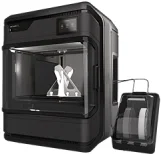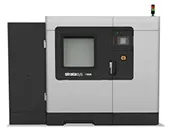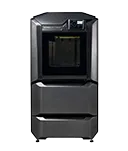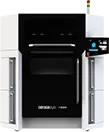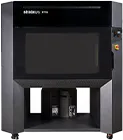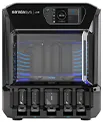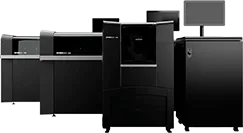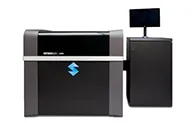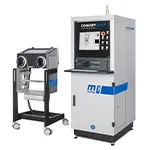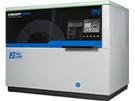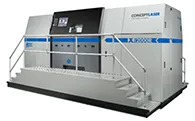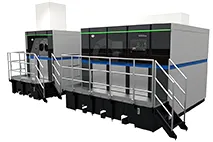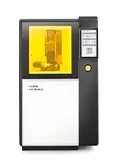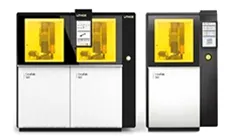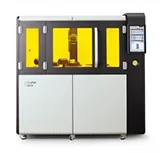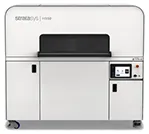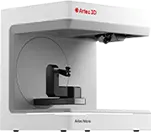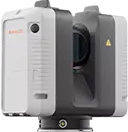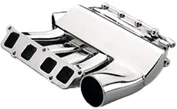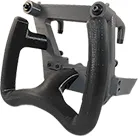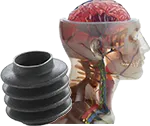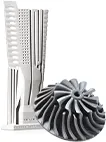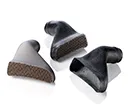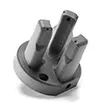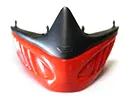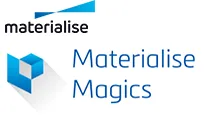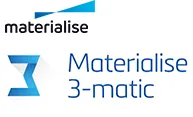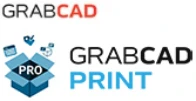Additively Manufactured Composite Tooling
FDM (fused deposition modeling) technology is an additive manufacturing process using high-performance thermoplastics. The FDM process builds objects layer by layer through the deposition of material, using information from a digital model. The process is typically faster and less expensive than traditional manufacturing technologies.
The combination of additive technology and FDM material capability offers a much more effective way to produce composite tooling. This includes both high-temperature (>180 °C), low-volume lay-up and repair tooling as well as moderate-temperature (<121 °C) sacrificial (washout) tooling. Compared with traditional materials and methods, FDM technology offers significant advantages in terms of lead time, cost, and simplification of tool design and fabrication, while enabling increased functionality and geometric complexity.
This paper forms an abridged version of the “FDM for Composite Tooling” design guide (referred to herein as “design guide”) and provides an overview of the best practices associated with 3D printed composite tooling. It also provides relevant performance data and examples of effective tool designs.

